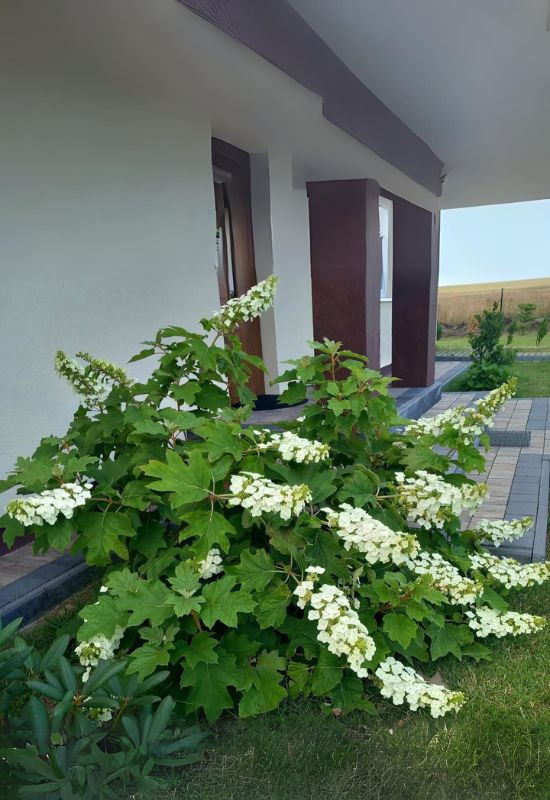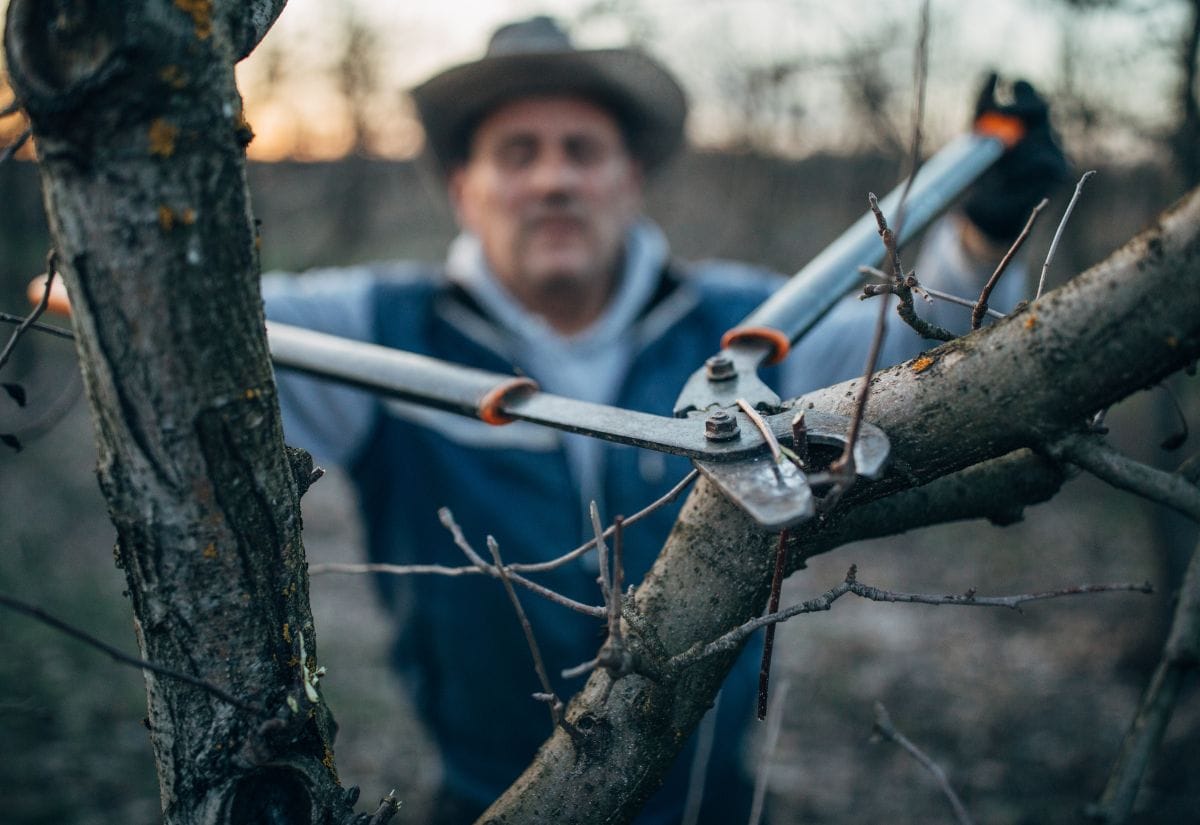
“Fall is pruning time, and I am going to cut all my plants…” Stop! You cannot cut all trees and shrubs in this season, even if winter is approaching! And why? Put simply, you’ll end up doing more damage than good, and next year, you will end up with fewer (or no) flowers, and a smaller (or no) crop, and your green friends will look and feel sad, weak and unhealthy!
Indeed, some plants require pruning in winter or spring, not fall, even if you’re eager to start now. Patience is key here. But which plants need this wait, and why? Let’s delve into the varieties of plants, trees, and shrubs that shouldn’t be pruned in fall and understand the reasons behind this. So, hold off on using those pruning shears just yet, and let’s discover why some plants are better off left unpruned as we approach winter.
Some General Rules for Plants You Should Never Prune in Fall
There is quite a long list of plants that you should never prune in fall, mainly trees and shrubs, and we will see the most common, but in general we can say that you should refrain from. Using your secateurs, shears and saw on:
There can be a few other reasons to avoid pruning some plants in fall, but these are general guidelines, but now, let’s dive in!
15 Plants You Should Never Cut Back in Fall
1: Olive Tree (Olea europaea)
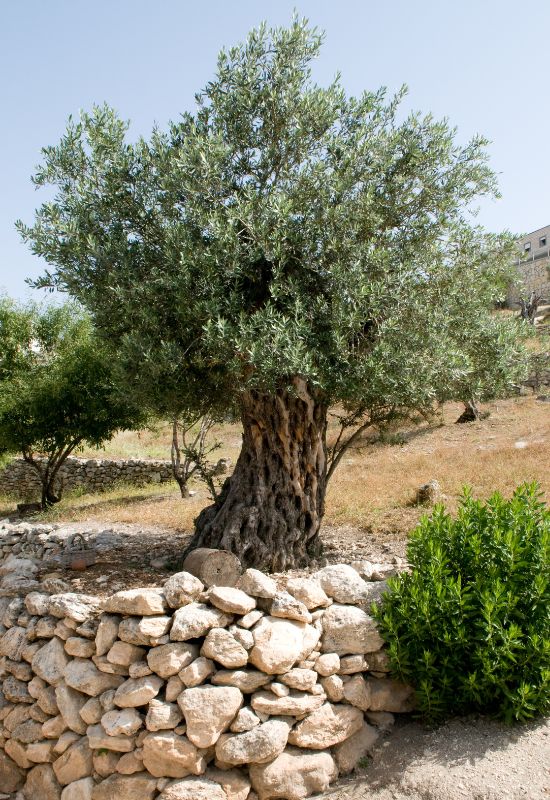
Pruning olives is a very complex art, and in general, I would strongly advise any amateur to call a professional. I have see disastrous results far too often, and there are even different schools about how to prune this impressive tree…
But one thing for sure you should never prune your olive trees in fall, or even most winter… You must prune olives after harvest, and before new blossoms come. And the window of time you have is very small, because soon after you harvest the olives for food or oil, it they will grow new flower buds.
It is about a month you have, in late winter, usually, and in some colder regions, into the very beginning of spring. Some olive farmers do the pruning together with the harvesting. But of course, if you do it before, forget your olives!
2: Forsythia (Forsythia spp.)
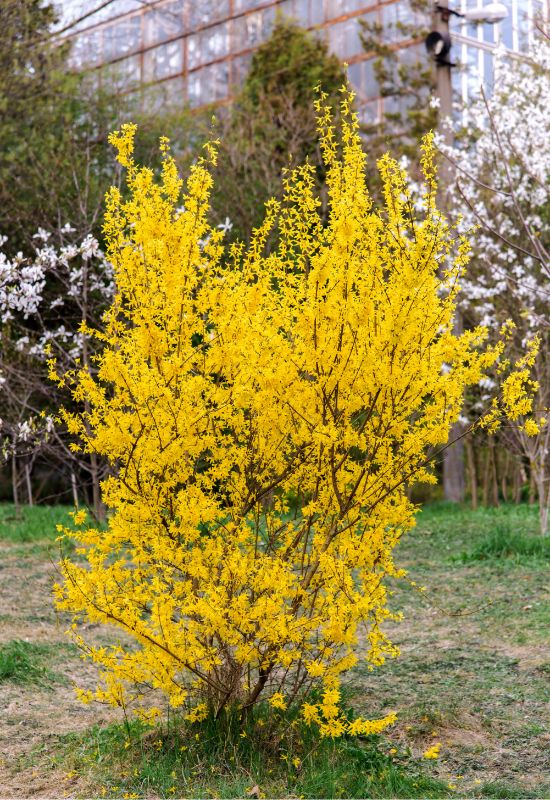
Moving to a decorative shrub, never prune forsythia in fall! It already has the new bids ready to open in early spring, and so you will need to wait till after its blooms have spent to give it a good trim.
I know, they can become really bushy and unruly shrubs, growing fast and taking over lots of space in your garden, but you need to be patient, or it will not give you those massive yellow floral displays you expect from it.
And then you wouldn’t know when to prune your roses next spring (“when forsythia is in bloom…”), but you can still learn a lesson from this year’s mistake. If your shrub is growing to much, you have maximum to mid summer to give it a good trim and keep in size. After that, it’s too late.
3: Cherry Tree (Prunus spp.)
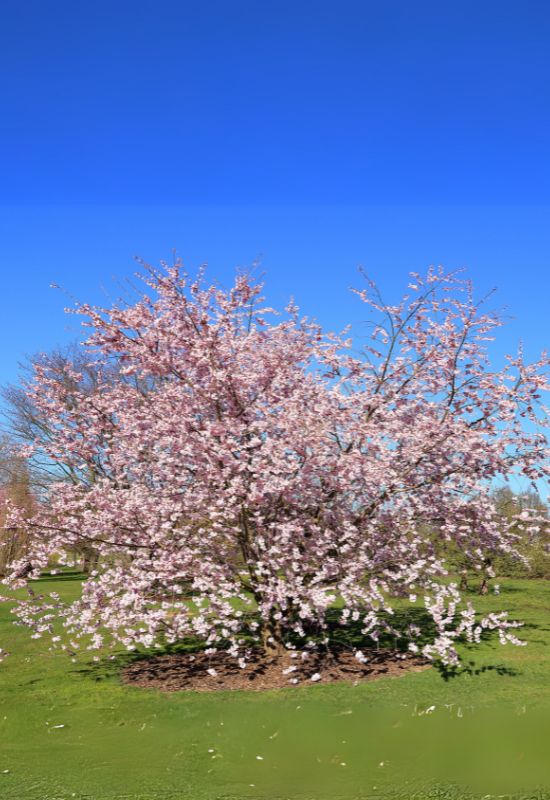
Grown for their sweet and juicy fruits and amazing floral displays, cherry trees are best not pruned in fall! On the other hand, you won’t have to wait so long to get your cutting gear out… Till late winter…
Yes, at that time, cherry trees are dormant, they still have no buds on, and the branches are naked, so pruning is both easy and safe. Another time of the year when you can prune them is after harvest, so, summer, but unless you need it, I suggest you only cut dry and sick branches at this time, because the leaves are still useful to your cherry…
4: Lemon and Orange Trees, and Other Citrus Trees (Citrus limon, Citrus x sinensis etc.)
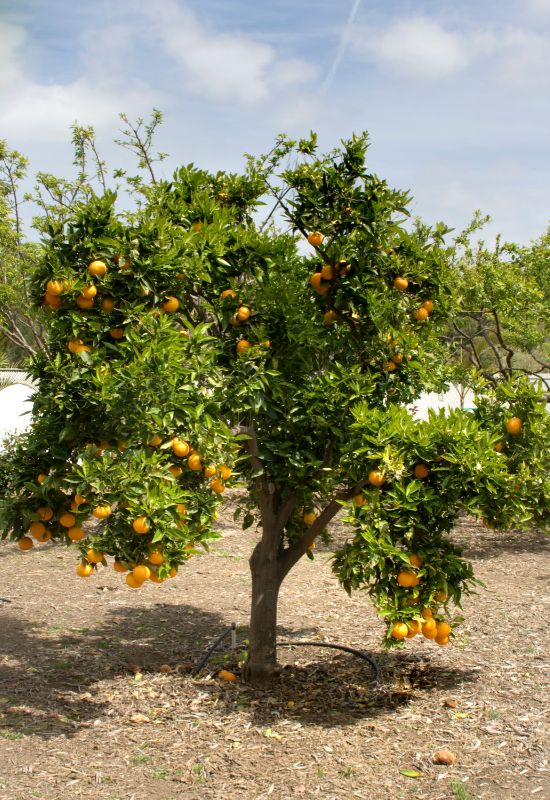
The best time to prune winter fruiting citrus trees is after harvest and after the last frost. This is usually early spring, before you get the new flush of leaves and buds… Now this includes oranges, bergamot (Citrus bergamina, but you can only grow it in a very small area of Calabria, southern Italy), lime (Citrus x aurantifolia), grapefruit (Citrus x paradisi) and some lemons…
Not all, because some lemon varieties fruit in winter, others (especially those we can eat..) do it in summer. In this last case, you can go ahead and prune them in fall, before new flower buds come.
5: Oakleaf Hydrangea (Hydrangea quercifolia)
If you want to prune your oakleaf hydrangeas now, you are late! Sorry, but you should have dine it in summer, after they have blossomed, and as soon as possible as well! Yes, because this shrubby beauty needs as ling as possible to grow new flower buds, and by now, it has already started.
If you prune your oakleaf hydrangea in autumn, you will get a smaller blossom next year, but, again, you can learn a lesson from this… As soon as your oakleaf hydrangea’s flowers are spent next time, get your secateurs ready!
6: Viburnum (Viburnum spp.)
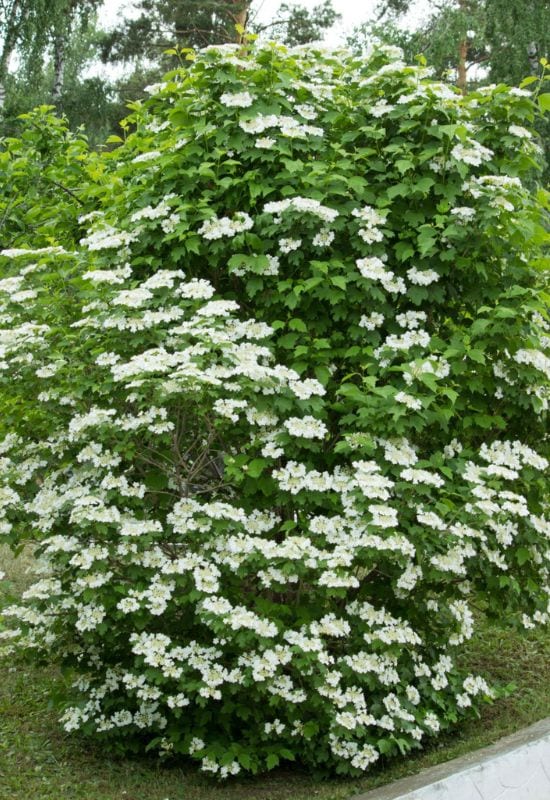
Viburnum is yet another much loved flowering shrub that gives you lots of flowers, so it needs time to put in such a floral show! And in fact, it starts soon after it has blossomed… If you prune it in fall, you will reduce its blooms in spring!
So, when can prune your viburnum shrubs? I suggest you do it as soon as possible after it has blossomed, which by late summer, not fall…
7: Kiwi Vines (Actinidia spp.)
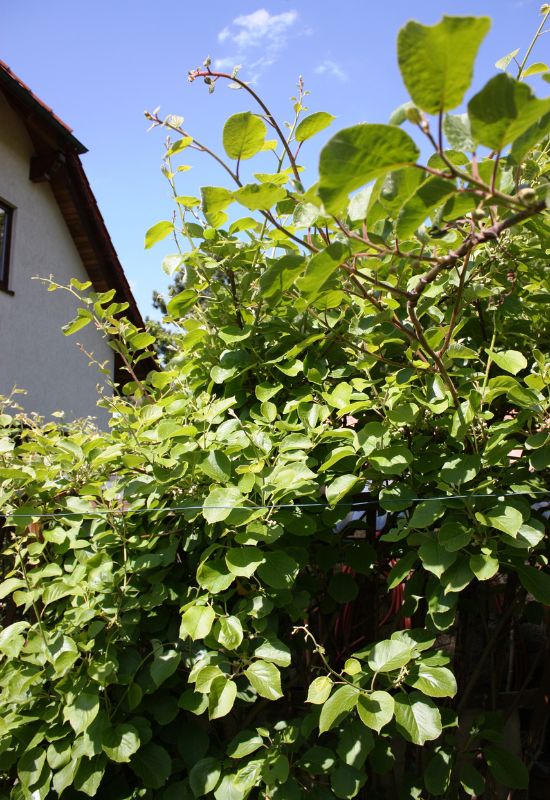
There is a simple reason why you should not prune your kiwi vines in fall: they are still fruiting, and they will do it till the end of November. And so, you will need to wait, but not too long; in fact, get ready now, because as winter comes, these plants go dormant, and as soon as you have finished the harvest, you can go ahead and cut! And when is it? It is best done in December…
So, while you cannot prune kiwi vines in fall, it is a good idea to write it up on your gardening calendar.
8: Grape Vines (Vitis vinifera)

I know that soon after you have picked your grapes (and maybe starting making wine…) you can be tempted to prune your grape vines. But it is not the best time to do it. remove the leaves if you want, but you need to wait till late winter or early spring to get your secateurs out and start cutting.
When exactly? After the last day of frost! And how do you know it? Well, coming from a farming family, I can tell you that wine farmers say that once grapevines grow the first buds, frost is over… In fact, they use this plant to tell the end of winter…
9: Winter Jasmine (Jasminum spp. and Trachelospermum spp.)
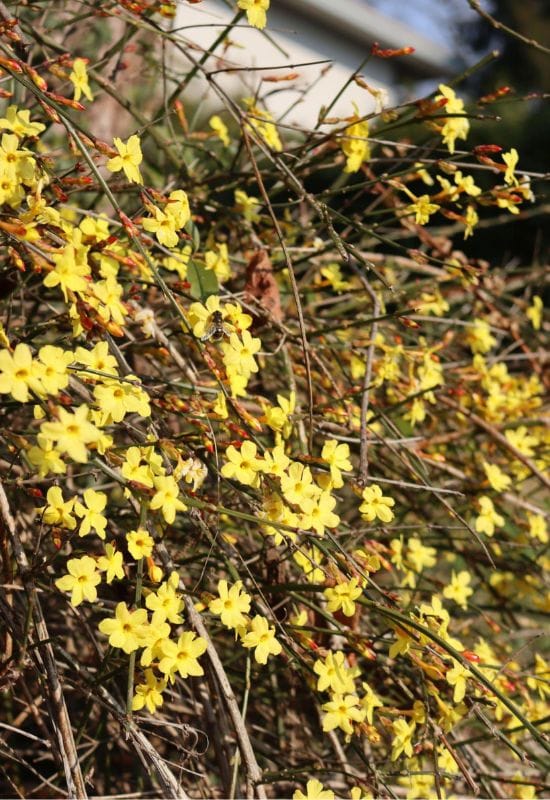
Of course you don’t want to prune winter jasmine varieties before or even when they are in full bloom… So, Jasminum officinale, Trachelospermum jasminoides, Jasminum nudiflorum and Jasminum polyanthum are all off your cutting schedule for now!
While fall is not a good time to prune winter flowering jasmine varieties, however, you should start as early as possible as soon as their bloom time is over (usually spring), because the longer you give their canes to grow, the more blossoms you will get the next season… got the trick?
For summer flowering jasmine varieties, you are still in time, but hurry up, because they too will give you better floral displays the longer you allow them to grow…
10: Persimmon Tree (Diospyros virginiana)
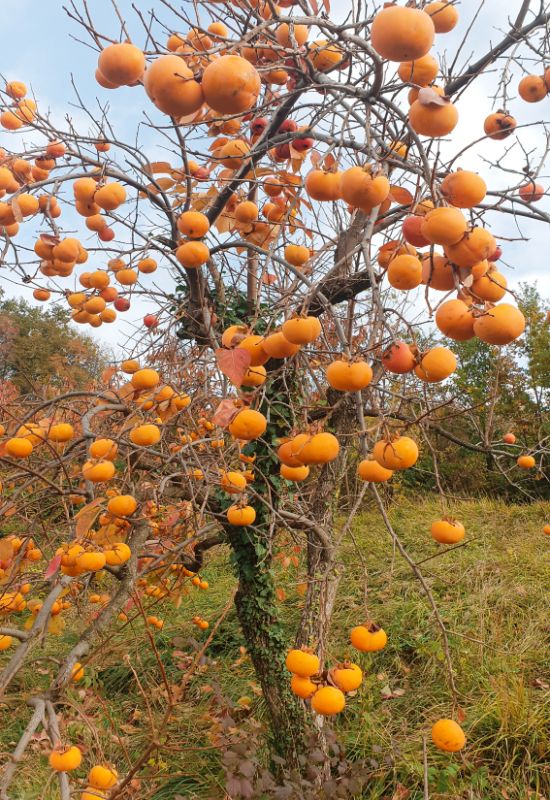
If you have a persimmon tree in your garden, it is far too early to prune it now that is fall… Of course, right now, it is fruiting, so, it has not gone into dormancy yet. And you want to finish the harvest first! But how long should you wait?
You can start pruning your persimmon tree in late winter, and you have a window till early spring, when it is dormant. After that, you risk affecting its fruiting ability.
11: Japanese Andromeda (Pieris japonica)
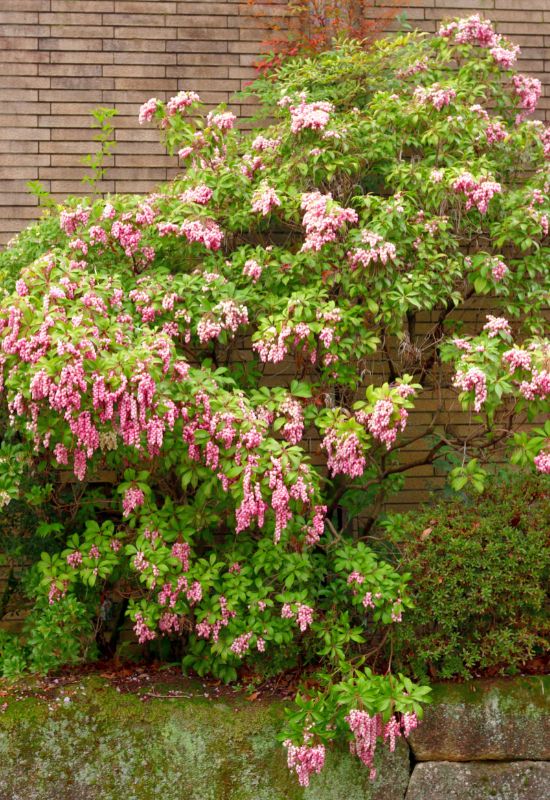
Very popular for its massive and long-lasting blossoms, Japanese Andromeda, you cannot prune it now though, as it will keep flowering from late winter through April and May, but winter gives you its amazing new red leaves, that heat up your garden.
However, as soon as the bloom of your Japanese Andromeda have faded away, it is time to prune it (so, May to June), as early as possible, and then you can thin it at that time.
12: Lilac (Syringa spp.)
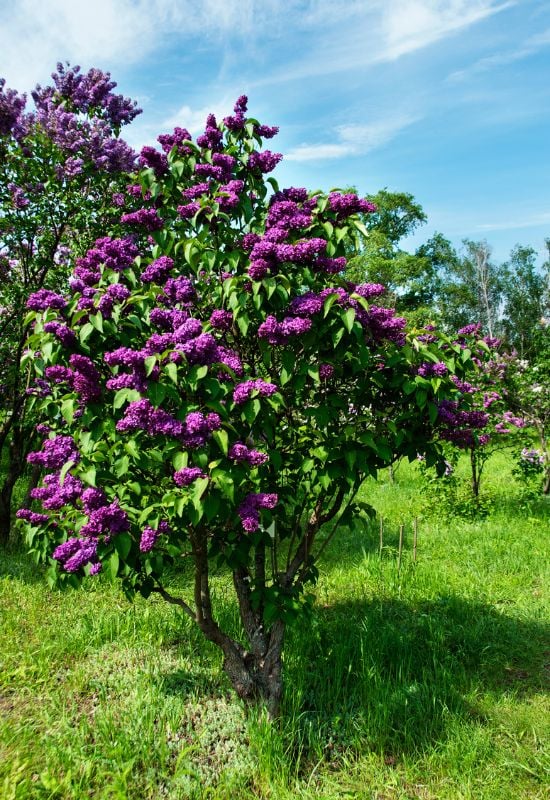
Here’s another flowering shrub you cannot prune in fall, or you would hurt it: lilac! Yes, its fragrant panicles will only open many months from now, in spring, but this plant is already growing the new buds on its leaves.
The best tine to prune your lilac shrubs is as soon as the blooms are all spent, to give them time to grow and develop new ones. This will usually be in early summer.
13: Apricot Trees (Prunus armaniaca)
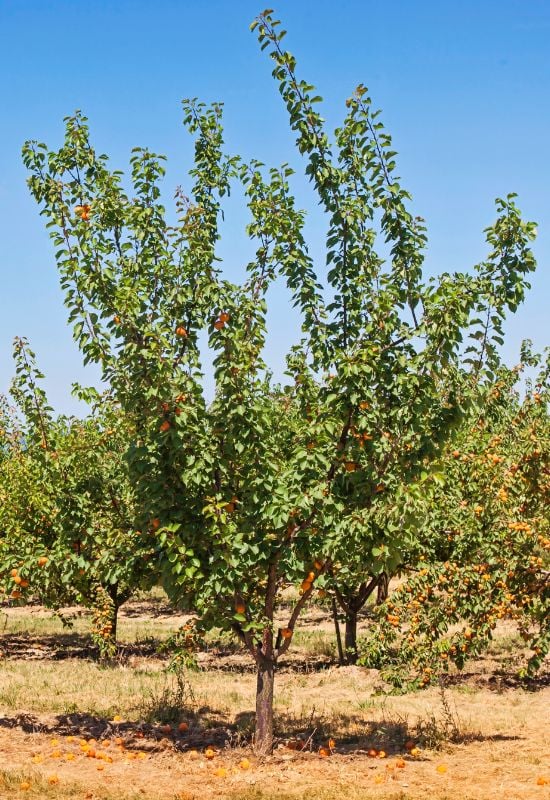
If you have an apricot tree, you know that pruning it can be a real challenge, and you can even kill it if you do it the wrong way and at the wrong time. And fall is a really bad time to cit its branches.
Apricot trees need a very special treatment, because, as you know, they have lots of problems healing cuts. And this means that you can only prune them when they are at the start and strongest of their vegetative phase.
Yes, wait till you see the new leaf and flower buds on the branches, in late winter or early spring. At this stage, it can heal the cuts you give them, but if you do it at any other time, and especially as it is going into dormancy (now), you really risk killing the whole tree!
14: Camellia (Camellia japonica)
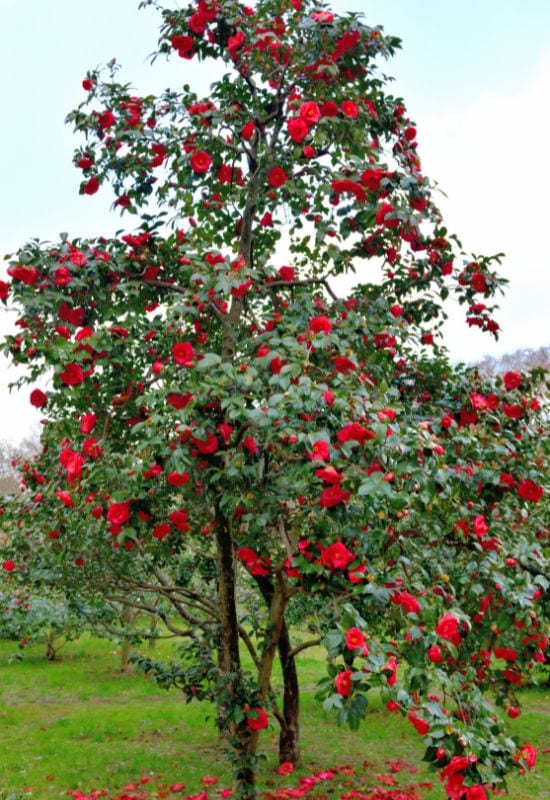
No, you cannot prune your camellias in fall! It is the wrong time, because they may start blooming in November, and many will blossom in winter. So, put simply, you would be cutting their buds. But even those varieties that flower in spring are getting ready for it now.
Like other plants we have seen, camellias take a long time to develop their buds before flowering, and like them, this r one thing: you should always prune them as soon as possible just as their blossoms have faded. Give them time and they will pay you back!
15: Dogwood (Cornus spp.)
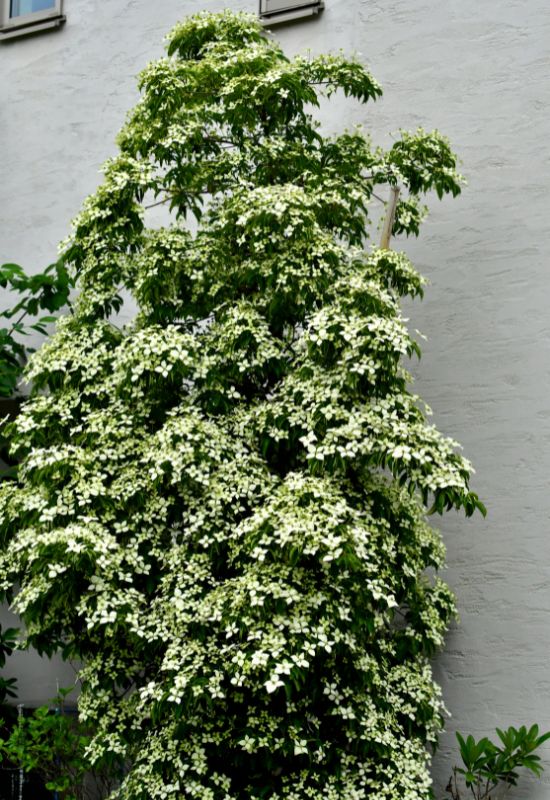
As I said, there are reasons on top of the general rules to avoid pruning some plants in fall. And the last on our list is a clear example: dogwood! No, you won’t do any harm to dogwoods if you prune them in this season. On the other hand, you would miss out the amazing display of colorful bark you get in winter, especially with Cornus snaguinea and other varieties that heat up as temperatures drop.
So, we like to wait till late March or April to prune dogwoods, when their winter show is over, and new branches and stems start coming.” This allows them to have space to grow, but also to have all the light, air and energy they need.
Yes, it’s a “selfish” choice in this case!
Finally, The Exception: When, Why and How You Can Still Prune These Plants in Fall
Of course, nothing is so rigid, there is some little pruning you can do in this season even with these plants. But there is no forming to be done now…
You can cut dead and dry branches, remove diseased foliage, and that’s it. Again, be very careful with apricots, I’d rather leave a dead branch on then risk “bleeding”, as we gardeners call it. Rotting ones could be the exception, but if you really must, make sure you cover the wound with mastic gum (pruning paste etc.) and keep your intervention to a real minimum.

Written By
Amber Noyes
Amber Noyes was born and raised in a suburban California town, San Mateo. She holds a master’s degree in horticulture from the University of California as well as a BS in Biology from the University of San Francisco. With experience working on an organic farm, water conservation research, farmers’ markets, and plant nursery, she understands what makes plants thrive and how we can better understand the connection between microclimate and plant health. When she’s not on the land, Amber loves informing people of new ideas/things related to gardening, especially organic gardening, houseplants, and growing plants in a small space.

